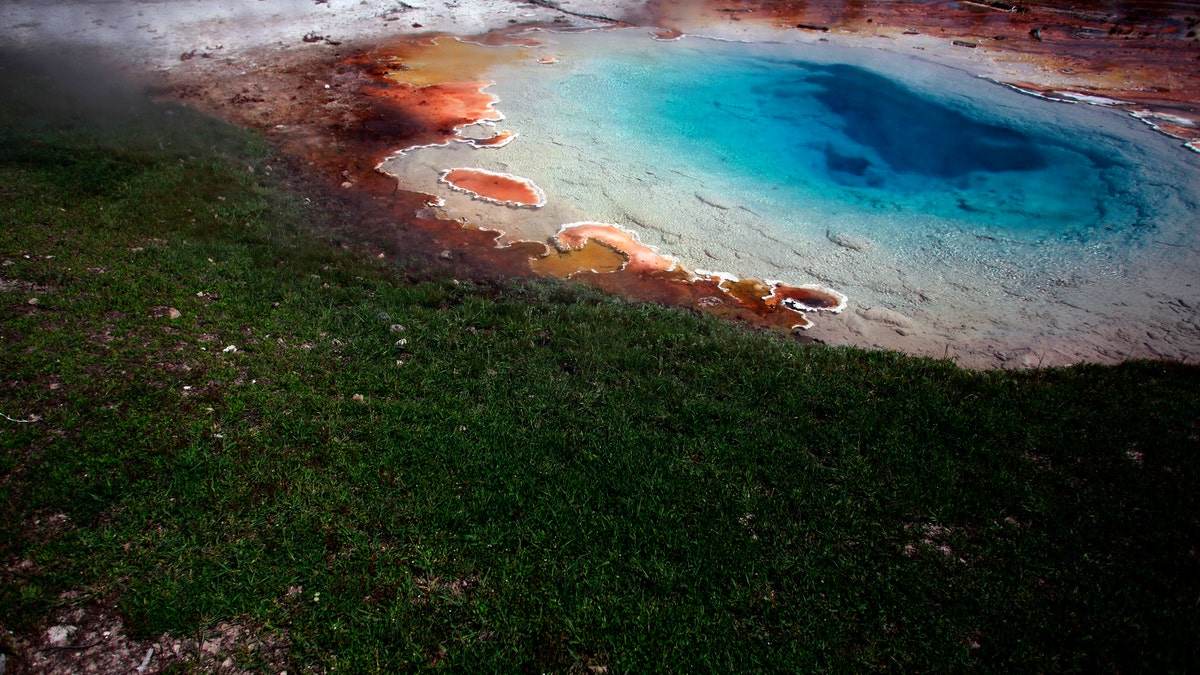
File photo: The Silex Spring in the Fountain Paint Pot area in Yellowstone National Park, Wyoming, June 21, 2011. (REUTERS/Jim Urquhart)
The supervolcano at Yellowstone National Park has been hit with more than 400 earthquakes since June 12. Researchers say it's nothing to be alarmed about, though.
In a statement to the Star Valley Independent, scientists from the University of Utah -- which monitors the volcano -- said the earthquake swarms are nothing new.
“This is the highest number of earthquakes at Yellowstone within a single week in the past five years, but is fewer than weekly counts during similar earthquakes swarms in 2002, 2004, 2008 and 2010,” scientists explained.
TROPICAL STORM CINDY TURNS DEADLY: 10-YEAR OLD ALABAM BOY KILLED
The largest quake in the swarm hit was recorded on June 15, a magnitude 4.5 earthquake, according to the statement issued June 19. At that time, 464 events had been recorded since June 12.
The researchers noted that the sequence of tremors has had approximately 30 earthquakes that are a magnitude of 2 and larger and four quakes of magnitude 3 and larger.
"Earthquake swarms are common in Yellowstone and, on average, comprise about 50% of the total seismicity in the Yellowstone region," the University of Utah Seismograph Stations (UUSS) said in a statement on its website. "UUSS will continue to monitor this swarm and will provide updates as necessary."
Though experts at the U.S. Geological Survey (USGS) say the risk of the Yellowstone supervolcano erupting is quite low (the probability is one in 730,000), it may erupt again in the future.
There have been three major "caldera-forming eruptions" in Yellowstone in the last 2.1 million years, the last occuring 640,000 years ago. Since then, there have been a number of smaller erurptions, with the last one emitting rhyolite lava, causing the Pitchstone Plateau flow some 70,000 years ago, the UUSS wrote on its website.
